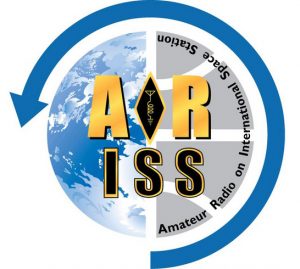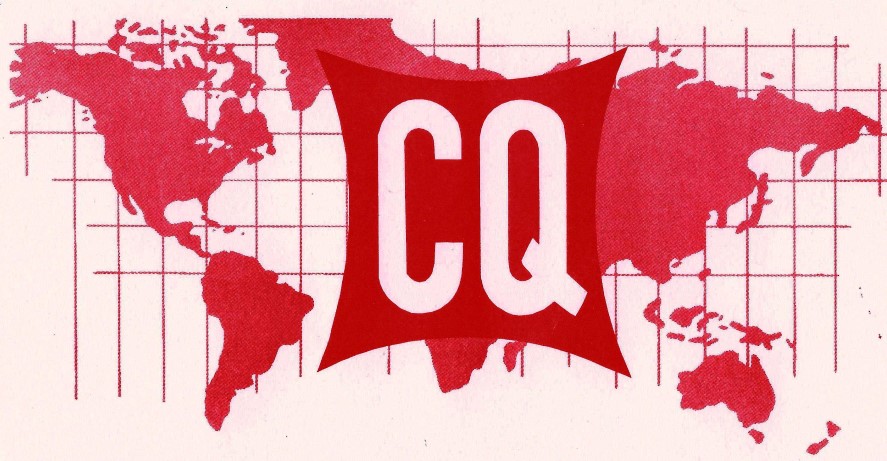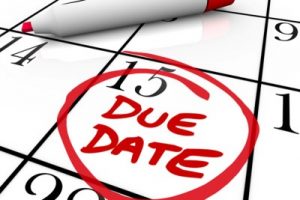 From the WIA, original post here.
From the WIA, original post here.
Date : 27 / 10 / 2016
Author : Jim Linton – VK3PC
The International Space Station has a problem with its 2-metre hand held radio used to connect the astronauts with students under the ARISS program. The transceiver has developed a programming error message and cannot be used at this time.
Australian ARISS Coordinator Shane Lynd VK4KHZ was set last Saturday to provide a telebridge contact for the Peter Kiewit Institute in Omaha Nebraska when he was advised by Kenneth Ransom N5VHO, ISS Ham Project Coordinator, that the fault had occurred. Shane VK4KHZ says when the problem was found with the radio on the Columbus module, Astronaut Kate Rubens KG5FYJ quickly manually reconfigured the Russian service module radio, which was not programmed for ARISS Telebridge operations, so the scheduled contact could proceed. The ARISS technical team is still evaluating the problem and may use UHF frequencies for some future contacts.
Meantime the ARISS hardware team is moving ahead with its planned upgrade of space communication equipment. ARISS stalwart Frank Bauer KA3HDO reports that a very major milestone has occurred with NASA experts offering advice and agreeing on a new radio and multi-voltage power supply. The final design process is to be completed over the next few months, with ARISS hoping the new hardware system will be launched as early as October 2017. The ARISS involvement over nearly 20 years have been expensive, and the AMSAT website is asking for support donations from the Amateur Radio community.


 From
From 
